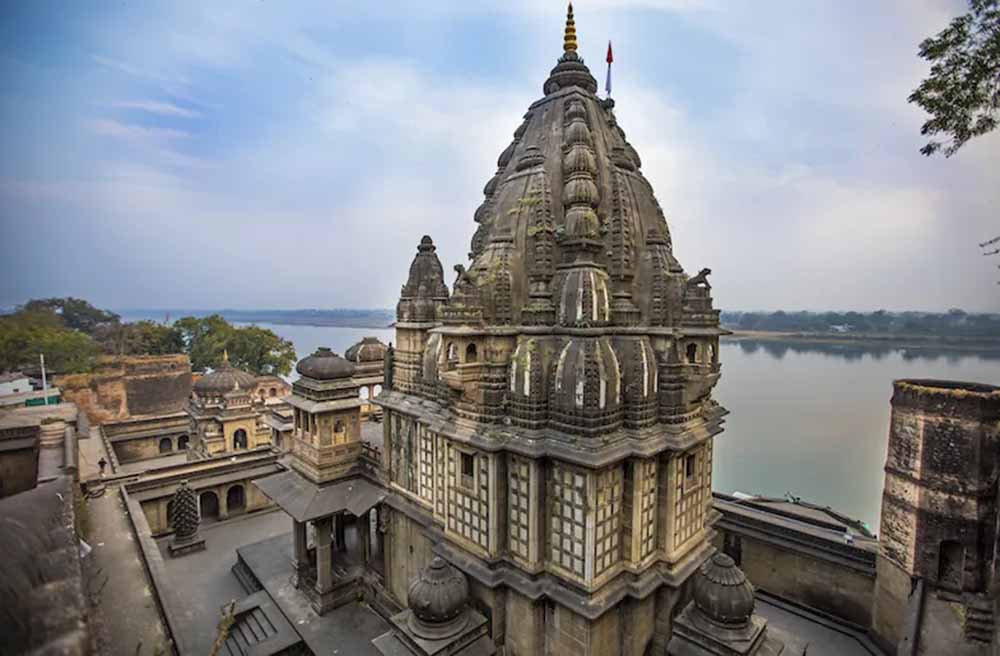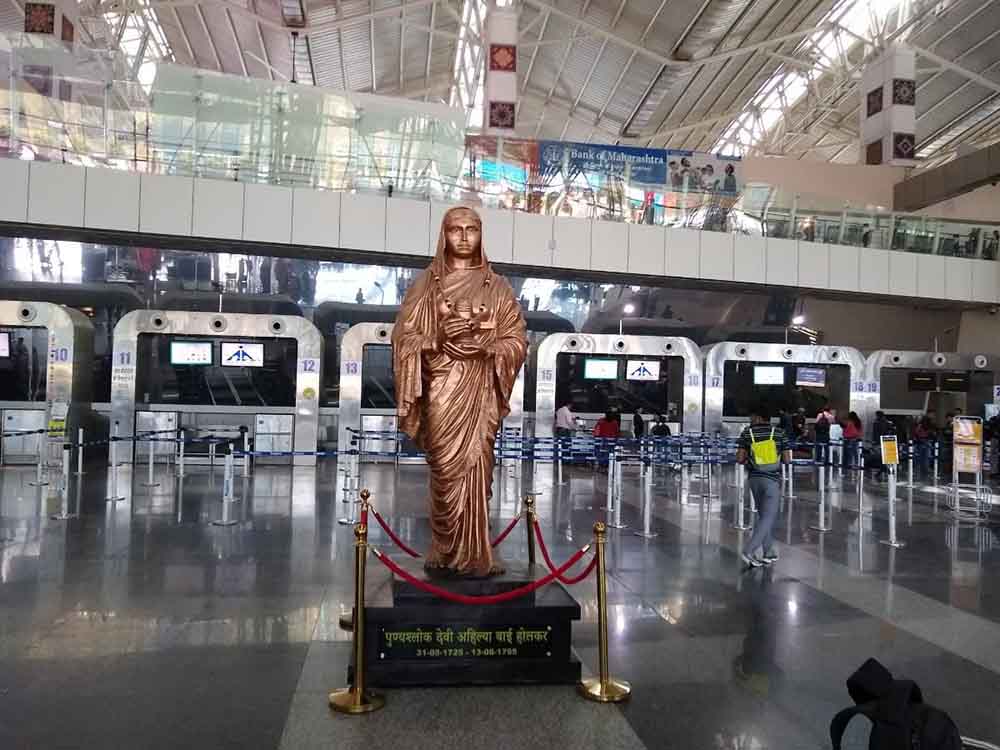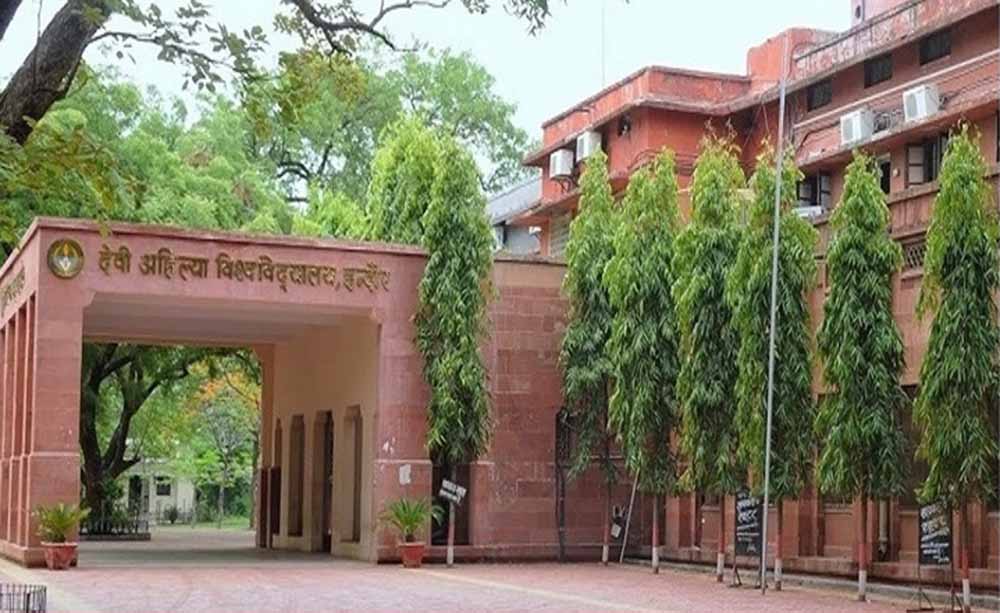Queen Ahilyabai Holkar is regarded as one of Indian history’s finest rulers. The Queen of Malwa was known not only as a brave ruler, but also an erudite politician of her times. Born on May 31, 1725 in the village of Chondi in Jamkhed, Ahmednagar, she was a well-known monarch of the Malwa kingdom and spread the message of Dharma.

Although women’s education was considered a radical notion at the time, Ahilyabai was homeschooled by her father, Mankoji Rao Shinde, the Patil (chief) of the community. Ahilyabai didn't come from royal lineage, so her ascent to the throne was nothing less than a stroke of luck. On his trip to Pune, Malhar Rao Holkar, famed nobleman from the Malwa area saw eight-year-old Ahilyabai during a temple service where she fed the impoverished and needy. He was so deeply moved and touched by her act of kindness that he decided to ask for her hand in marriage with his son Khanderao Holkar. Ahilyabai got married to Khanderao Holkar in 1733 at the age of eight.

The young bride was immediately plunged into despair when, at the age of 29, her husband was killed in the battle of Kumbher in 1754. Her father-in-law, who also became her greatest source of support, forbade her from committing Sati, as per the custom of the time. Once Malhar Rao passed away, the kingdom felt a deep void that was quickly filled by her little son. But even after suffering several personal setbacks in quick succession, Ahilyabai remained unfazed. When she made the decision to act independently for the benefit of her people's lives and the governance of the kingdom, she found a way to cope with her loss. Following her son's tragic death, she petitioned the Peshwa, and on 11 December 1767, took the crown and ruled Indore.

The British historian John Keay dubbed her ‘The Philosopher Queen.’ In addition to being a fearless leader and adept ruler, the Queen of Malwa was also a knowledgeable politician. Even the Maratha Peshwa had failed to see what she was able to observe about the British and their objectives.
During the 30 years of her rule, Indore grew from a little town to a thriving metropolis. Ahilyabai is well-known for having constructed a large number of forts and roads in the Malwa region, as well as for supporting festivals and contributing to various Hindu temples. Her generosity was demonstrated by the building of several temples, ghats, wells, tanks, and rest-stops that are dispersed throughout the nation. Maheshwar, the capital of her kingdom, was a melting pot of music and culture, and she is credited with having opened doors for luminaries like Sanskrit scholar Khushali Ram and Marathi poet Moropant. The capital was renowned for its unique artists, sculptors, and craftsmen who received generous compensation for their creations. A textile industry was also established by the queen in the city.

Though Ahilyabai was a woman ahead of her time, her biggest regret was when her daughter performed Sati after her husband Yashwantrao Phanse passed away. Following a 30-year reign, the Queen passed away at the age of 70, leaving her commander-in-chief, Tukoji Rao Holkar I, to take over as ruler. The queen’s legacy lives on through the many temples, dharamshalas, and the causes she has dedicated her life to.

On August 25, 1996, the Indian government released a commemorative stamp in her honour. As a tribute to Indore’s finest ruler, its domestic airport was named after her - Devi Ahilyabai Holkar Airport. The Indore University was also renamed after the queen, Devi Ahilya Vishwavidyalaya.
Image source: Hindustan times, Shiksha.com, India Currents